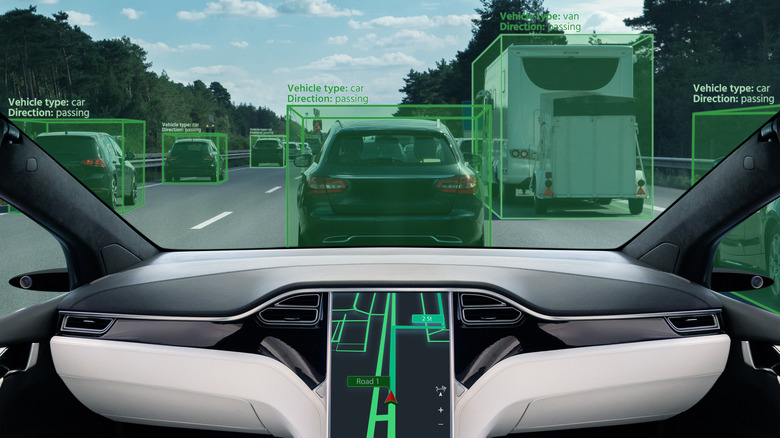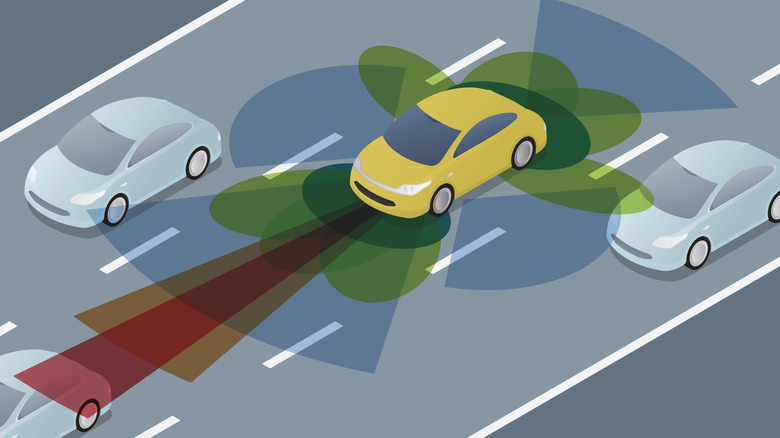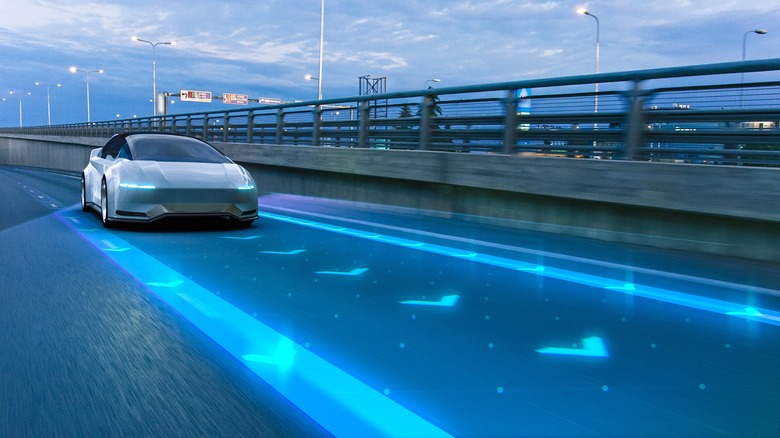Self-Driving Cars Explained: Are We There Yet?
The self-driving vehicle concept isn't new and is likely much older than you'd ever imagined. Almost 400 years before the first gasoline-powered automobile was crafted, Leonardo da Vinci had devised a self-propelled cart. This da Vinci invention, developed in the 16th century, utilized gears, springs, and steering capabilities. Technology has moved leaps and bounds ahead in terms of self-driving capability, but has it been fully realized, or is it still firmly in the realm of science fiction?
In order to answer the question, it's important to know there are criteria that separate autonomous driving from level 0 to level 5. Starting with 0, which has virtually no autonomy, a car must offer increasingly more complex sensing and self-thinking capability with each subsequent level until human intervention is absent with level 5.
So, what level of self-driving cars can the average driver experience today? If you guessed a level 5, you'd be wrong. So far, not taking into account prototypes and only considering actual vehicles the public can use, self-driving has only reached level 2 unless you happen to reside in Phoenix, San Francisco, or Los Angeles.
What self-driving technology currently exists?
Waymo, an autonomous car service, allows commuters to get around three major metropolitan areas without human intervention. Cruise is another driverless ride service that was operating in San Francisco but has temporarily paused operations to focus on improvements. These two companies offer a level 4 autonomous car, which is the most advanced example of the technology that the general public can currently access.
But it's not only robotaxis that are integrating autonomous tech. Several automakers offer advanced driver support systems, including a range of assistance features. For example, Honda's Sensing technology includes Collision Mitigation Braking System, Road Departure Mitigation, Adaptive Cruise Control, Lane Keeping, and more.
Some of these features alert the driver, while other more advanced systems will take autonomous action if needed. More complex autonomous assistance is available with collision avoidance technology, which detects an imminent crash and applies emergency braking if the driver doesn't react.
There are even more impressive self-driving options, like the General Motors Super Cruise system, which has the car to do most of the work. A Cadillac with Super Cruise can maintain its position in the lane, keep a safe distance from other vehicles, and steer independently without driver input.
However, Super Cruise won't work correctly if there is road construction; not all roads are compatible, and GM warns against using it during adverse weather, among other limitations. Plus, GM and other automakers with similar technology, such as the Autopilot from Tesla, require drivers to supervise the car during autonomous operation.
How does the technology work?
The limited self-driving and driver support technology available today employs several components that communicate with cutting-edge software as you travel. Radar, LiDAR, ultrasonic sensors, and cameras located throughout the vehicle cover every direction, constantly monitoring the car.
These systems watch for things like other automobiles, the painted lane indicators, and objects around the car's perimeter and then report their results to an onboard computer. This information is only helpful if a computer can evaluate all the collected data and decide what adjustments or actions need to be taken.
There won't be level 5 self-driving cars until you can enter the cabin, dictate a location (without specific requirements or human assistance), and travel to your destination. However, if the technology feels close, so why is the reality of driverless cars still out of reach? It boils down to unpredictability and the limits of current artificial intelligence.
According to Gitnux, during slow travel test runs, driverless cars were involved in accidents 16.60% of the time. This statistic indicates that the computerized systems behind self-driving, even at low speeds, can't always accurately interpret human behaviors or reactions. However, Gitnux also reports that human error is the cause of 94% of vehicle accidents, indicating that self-driving cars could improve road safety in the long run.


